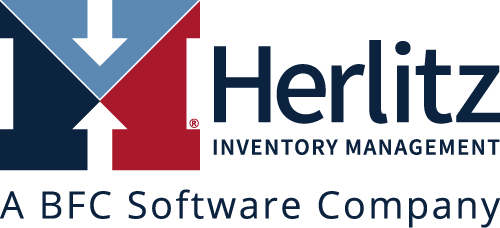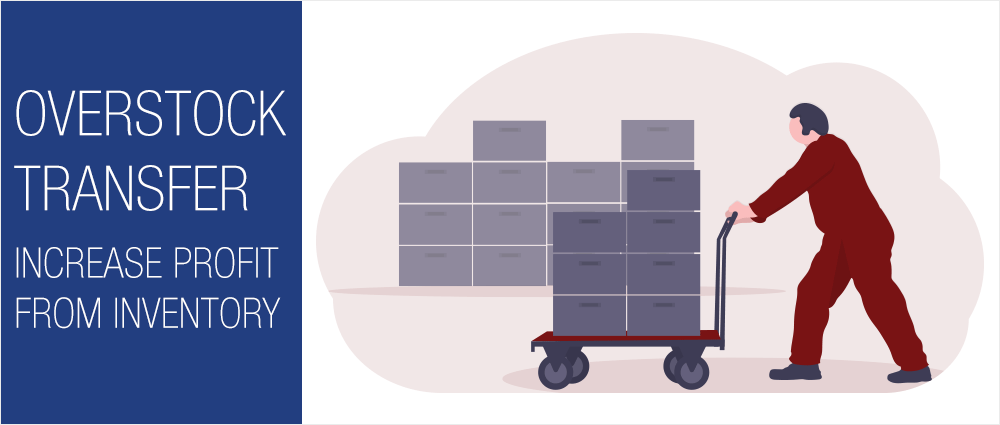Before you order from outside the company, wouldn’t you like to know if you have too much of a given item at another warehouse or store? If you are overstocked and you can transfer from another warehouse or a store more quickly, you would realize a cost savings to the company. Mastering Overstock Transfer can help you do so.
It can be extremely overwhelming for buyers to track overstocked and understocked items, especially when they are managing thousands, or millions, of SKUs. There are ways to more easily manage inventory across multiple warehouses and store locations.
Making Overstock Transfer Simple
Broadly speaking, an effective solution is for software to calculate and analyze all overstocks and make them available for transfer. This type of technology should do this without requiring human calculation, but allow for human decision making based on software recommendations.
An Overstock Transfer approach considers all of the inventory on hand in the organization. This not only includes distribution center and warehouses, but also stores in the region with excess inventory. Overstock Transfer will calculate any overstocks throughout the chain and make them available for transfer to the rest of the chain.
Know the True ROI Before Transferring
Once the initial assessment is done, Overstock Transfer determines if any other location needs to order any of the overstocked products from outside the company. Before ordering from external vendors, it checks if another location has overstock within a certain geographical region. If there is overstock available within the same region, a total cost comparison is done to determine if it is less expensive to transfer the overstocked items from one location to another, or leave it where it is and order from an external vendor.
For example, ten cases at one location of product X may be equal to 200 days of tied up capital. At another location, those same ten cases may only be 50 days’ supply. Likewise, transportation costs can be different because of distance. So, the total potential carrying cost of the overstock transfer can be different by location and item, and is accounted for before any action is taken. This is where technology instantly calculates and simulates the options for better decision making, versus humans spending time doing complex calculations. Even worse, busy managers often go with their gut instinct and may order from an external vendor in the interest of time. This is a poor long-term decision that affects company profit.
Improve Transfer Validity
As noted above, there are different costs associated with each transfer. As a result, not all inventory transfers are profitable. Because of this, an Overstock Transfer approach lets you set thresholds by dollar amount or cases to help drive transfer validity. As an example, if the total transfer is less than a layer, the transfer isn’t suggested to the user.
There may still be overstock in the stores. However, in some situations, replenishing from the vendor is typically easier and less prone to errors or mishaps. This is due to the fact that companies are not very efficient at delivering to themselves outside of the normal product flow. If the company doesn’t have a well-disciplined inter-company transfer process, and the internal lead time is longer and/or transfers are less reliable than deliveries from the outside vendor, customer service will suffer.
Also, the amount of inventory that needs to be replenished could be more than the overstocked quantity. In many cases, it is better to order externally to avoid extra handling costs of sourcing the product from two places (the vendor and themselves).
Benefits of Overstock Transfer
Many organizations are aware of how beneficial a tool like Overstock Transfer can be but lack the time or solution to gain this benefit. Without using the Overstock Transfer Module, retailers and wholesalers are spending many hours tracking inventory manually whereas with this feature, it is done while the buyers sleep. Effective Overstock Transfer reduces overstock, decreases inventory, increases profits, improves buyer efficiency and ultimately improves customer service.
By using the Overstock Transfer method, companies can free up both capital and space. They could stay in a facility for months or years longer before having to expand their warehouse. They could also increase their product assortment or go into new product categories as a result.


